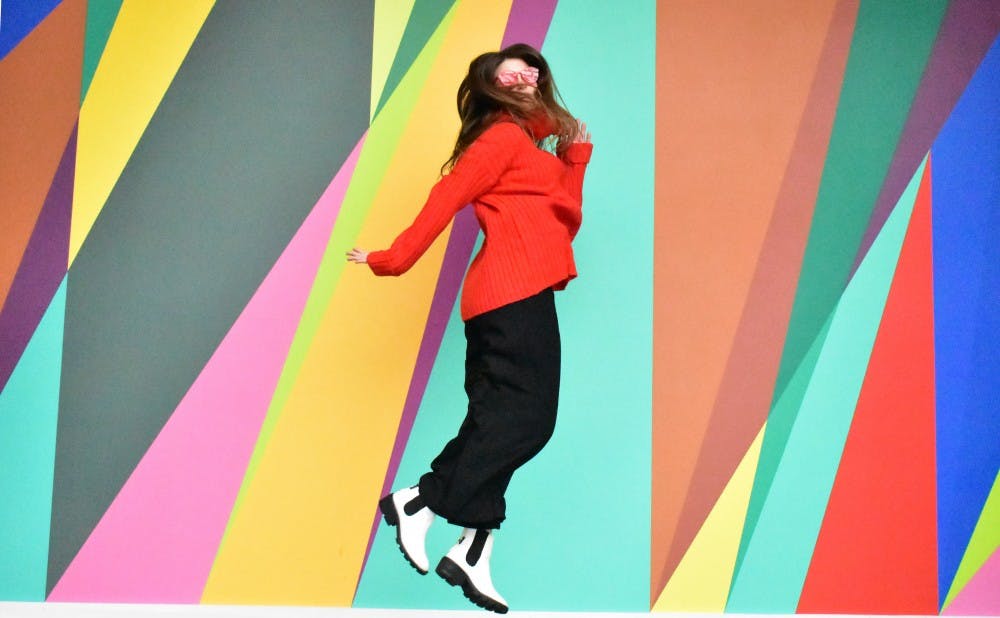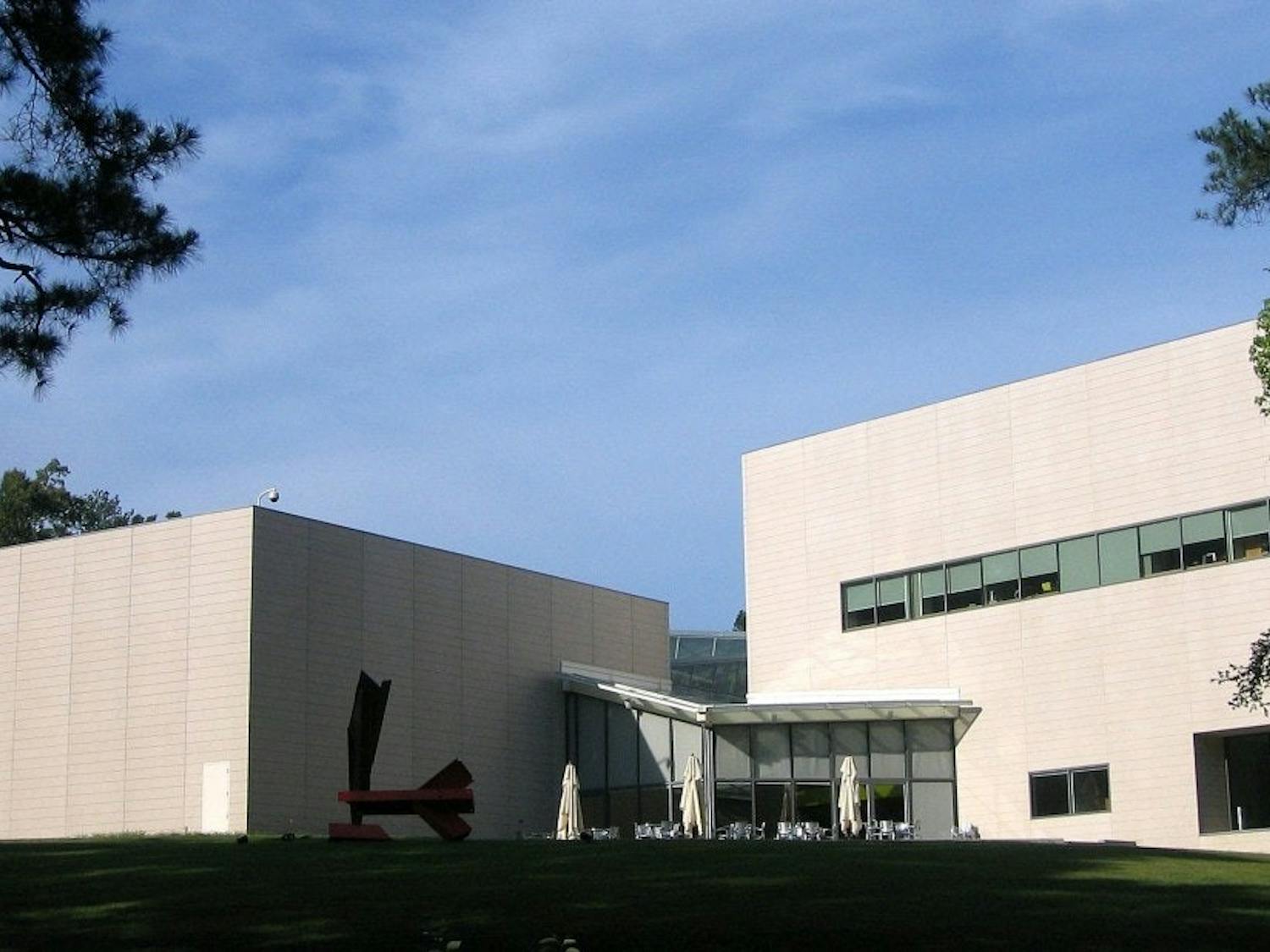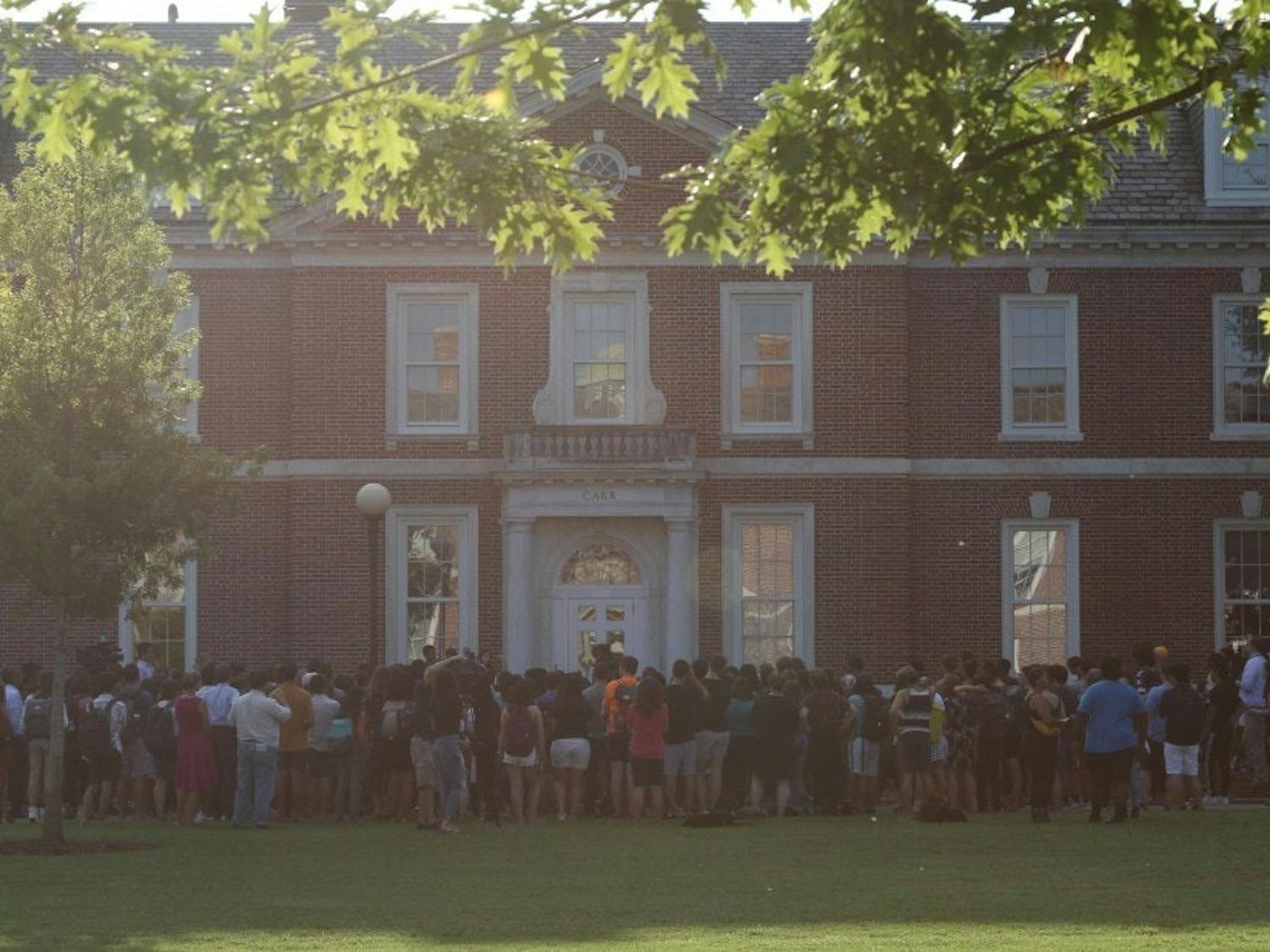College can be a very ugly place when it comes to fashion. It is a kingdom of sweatpants, hoodies, jeans and unisex Duke T-shirts, and for many people, “picking a nice outfit” is the last thing on their to-do list. Sometimes, when I say the word “vogue” out loud, my friends think that I’m speaking some kind of secret language.
For a long time, I believed that college fashion was dead. And then, when I was about to give up and buy 10 oversized hoodies on Amazon to fit in, I decided to look around once more. And then I saw it. College fashion is alive and kicking — just take a look at international students.
One such student is first-year Jamie Palka, who, despite her American passport, is Canadian at heart. We recently sat in her room in Bassett, laughing about a photoshoot we had the day before, and whenever Jamie talked about Canada, her entire face lit up and her pale-blue eyes started to sparkle.
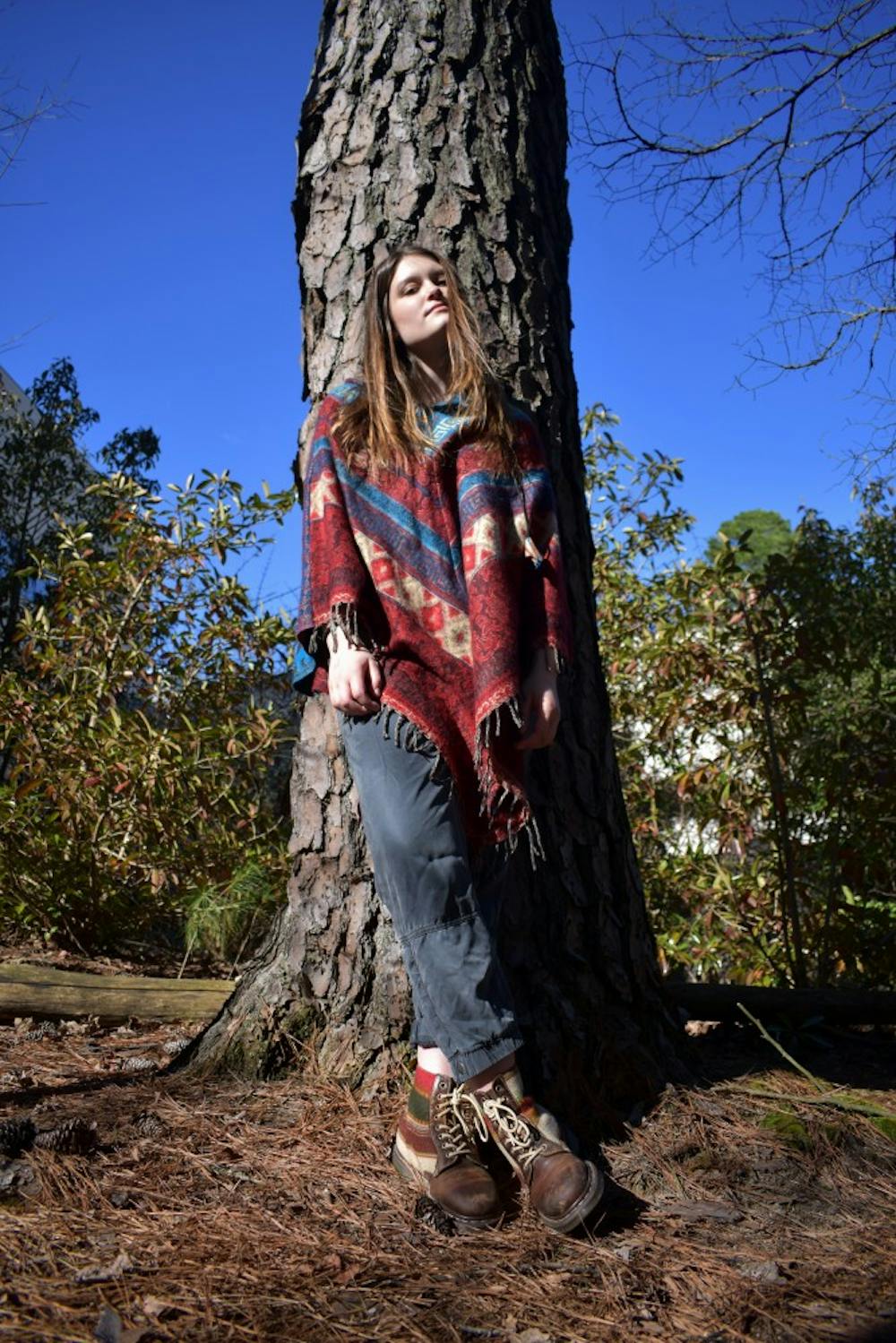
“I live in Buffalo, New York. It is 20 minutes from the Canadian border,” Palka said. “Canada has always been an extension of my home — more like my backyard than a different country.”
As Palka’s childhood was equally split between America and Canada, her style now accurately reflects the clash of these two different cultures and their somehow similar influences. A summer camp in Canada is the inspiration behind both of the outfits that Jamie assembled for our photoshoot.
“Growing up, a lot of the girls I looked up to had this very distinct Canadian style,” Palka explained.
When she was a kid, she used to go to a summer camp in Algonquin Park, which was popular among Canadian and French girls. They had a very outdoorsy and rugged style that Palka slowly grew to love and appreciate.

“Dirty leather, cargo pants, greens, dark grays and tan … This rustic Canadian fashion irrevocably changed my taste,” Palka said.
The camp inspired Palka to choose only the clothes that gave her the ability to move in a way such that she would be completely free. This is why she now hates restrictions — especially restricting clothing. Her childhood legacy consists of Birkenstock slippers, Roots pants, a brand-less poncho that she found on the streets of New York and rusty-looking Dr. Martens, made from leather and wool.
After talking to Palka, I was inspired to travel to the other side of the world to find new cultural patterns. Luckily, this was when I met Defne Yorgancioglu — a first-year Turkish student who cannot imagine her life without traveling and, in particular, hitchhiking. Yorgancioglu describes her life as a process of constant moving from place to place, and her style is a clear representation of such an adventurous, fickle way of living.
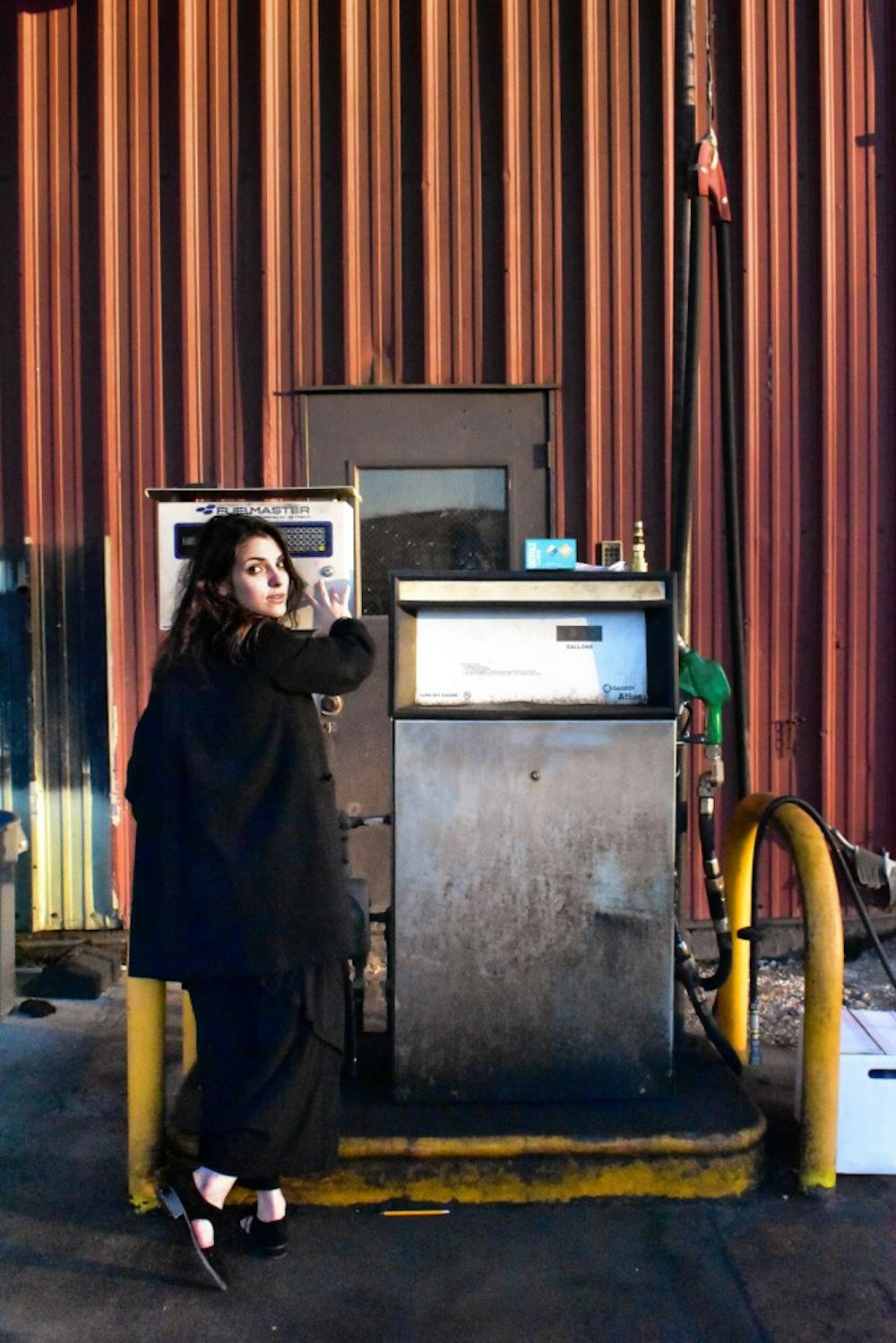
“I really like getting things for cheap or free. Almost all the clothes I own are either from bazaars, thrift shops or street markets,” Yorgancioglu said. “I try to wear secondhand and cheap clothes because it allows me not to care much about what I’m wearing and just live my life, embracing all the risks and accidents. This is why a lot of my clothes look older, ragged and more bohemian, not by choice but by necessity.
“In bazaars, we used to have these clothing piles where everyone could get a piece of wardrobe for one lira [25 cents] and I had to make do with it,” Yorgancioglu continued. “I taught myself to sew and I learned to transform this clothing into something that I could proudly wear.”
Yorgancioglu grew up in a beach town around Istanbul, so even at Duke her fashion style still echoes the sounds of waves, seagulls and rustling sand.
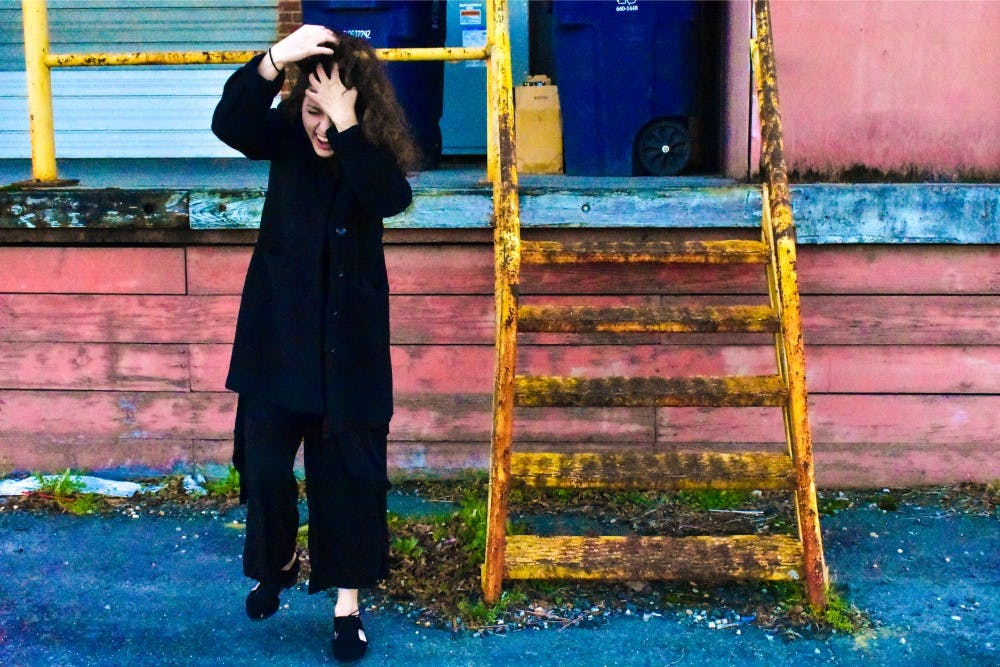
“In my town, it was always hot and humid, so wearing comfortable flowy and cotton clothes quickly became my habit,” Yorgancioglu told me. “Now my wardrobe consists mostly of blacks, browns and reds because those are the colors that remind me of the Turkish culture I grew up around.”
My metaphorical visit to Turkey left me wondering how European culture influenced Duke students’ fashion style. This is why I was so happy when I stumbled upon Elena Cavallero — a first-year international student from Italy who radiates sunshine wherever she goes. Cavallero’s broad smile and magical ability to light up the space around her definitely comes from growing up in Rome, soaking in its sunshine, beauty and fashion culture.

“Appearances are extremely important in Italy,” Cavallero said. “Every corner of Rome is magnificently, shamelessly beautiful, and people use their street style almost as a way to respect and complement this beauty.”
Cavallero explained that the main influences on her style were the sun, gardens, Roman neoclassicism and the city’s abundance of open spaces.
“My style has so many facets that it’s impossible to describe it with a single word,” Cavallero said. “It can be chic and reserved or colorful and very easy-going. My style is a part of my life, and I try to fill it with joy and sunshine and flowers and beauty! I am always looking for adventures, having fun and jumping around, so I want my clothes to express endless positivity and love that Italy filled me with.”

Cavallero’s impeccable fashion sense is an extension of her personality — the personality that she developed while living in one of the most beautiful and lustrous cities in the world. Her clothes carry the influences of Rome’s majestic squares, baroque palaces and shadowy parks, and she is proud to be different from other students.
College is a time for exploration and discovering your true self. But while chasing academic achievements, many people tend to forget about other things that make them unique, and style is definitely one of them. Unlike domestic students, international students incorporate fashion into their everyday lives to remind themselves of the countries they come from and create a home far away from home. They use culture as a canvas for artistic expression and let fashion make a statement about their lives.

